Jobs to do in the garden in November
As fireworks light up the sky, enjoy an explosion of colour on the ground too, with November delivering a sparkling finale to the season.
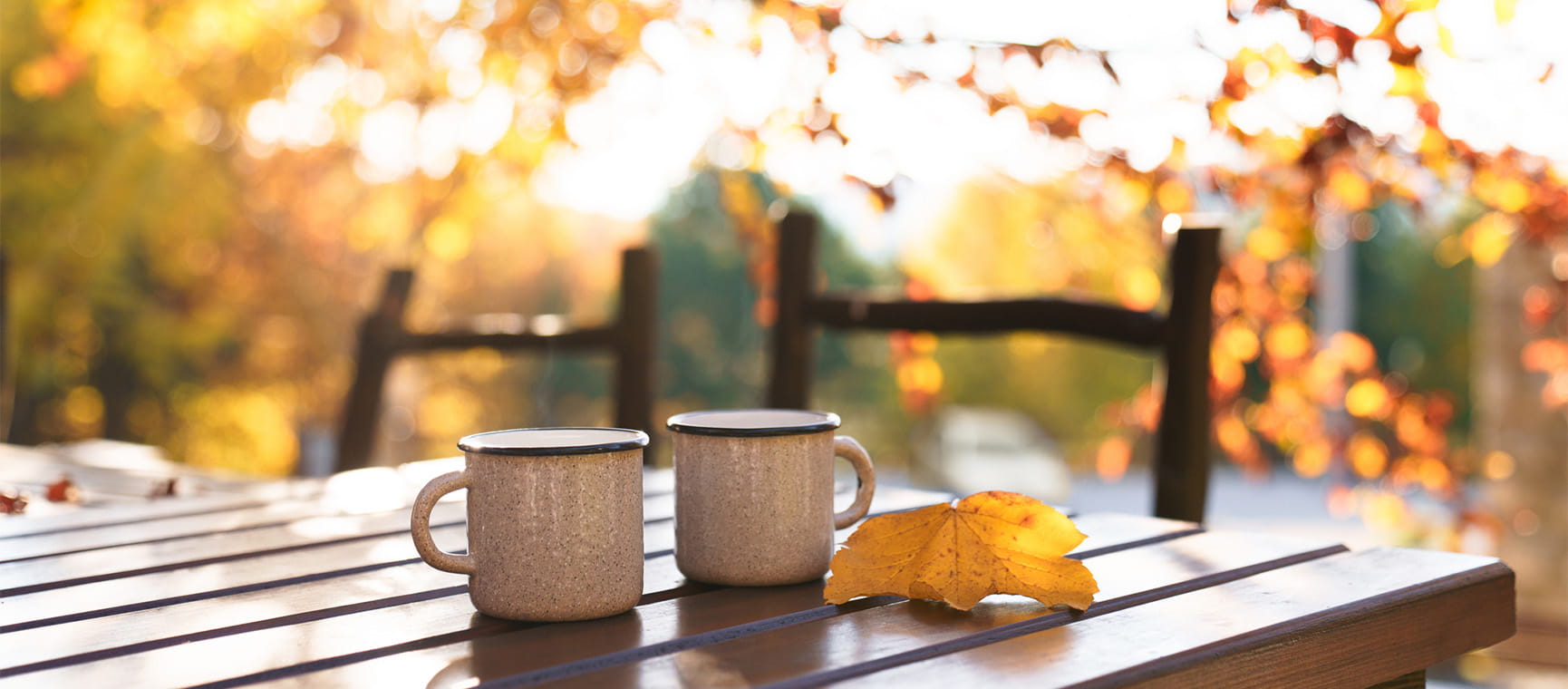
As fireworks light up the sky, enjoy an explosion of colour on the ground too, with November delivering a sparkling finale to the season.

Trials by the team at Kew Gardens show trees and shrubs planted in autumn and established in still warm but damp soil survive better than those planted in our increasingly dry springs.
They also show that a wide, square hole is best, to encourage roots to spread rather than wrapping around in circles.
Loosen soil lightly with a fork, adding organic soil conditioner or leaf mould and sprinkling mycorrhizal fungi (£12 for 360g, Rootgrow) on to the fan of tree roots.
Backfill with soil, then firm around the trunk with your boot to anchor the tree.
Shelter vulnerable plants from November’s frost and gales. Tender perennials, such as dahlias, pelargoniums, salvias and cannas, need to stay dry and frost-free till spring, so pot up to bring under cover.
Camellias, bays, large-leaved evergreens, cordylines and palms can be scorched by harsh winds, so wrap in fleece or straw. Put containers in a sunny spot and raise on pot feet to stop waterlogging.
Protect leafy crops (chard, parsley, spinach) with horticultural fleece to trap heat and let in light for growth till Christmas.
Think your garden is too small to give a home to trees? Try planting these path-side, into borders, along walls or in a half-barrel tub.
Homegrown fruit is a treasure and now’s the best time to plant trees.
The soil is still warm, and months of rain ahead give them the best start, letting them root deeply while the tree above is dormant.
Plant ‘bare-rooted’, which are cheaper than potted ones, and pick a root stockthat creates a tree to suit your needs – from container to orchard.
Loosen the soil, but don’t over-manure the planting hole, then plant at the same depth as the soil mark on the trunk. Use a tree stake on the windward side to secure it, firm the roots in well as you backfill with soil, and top off the area with well-rotted compost.
Crumble, jam, compotes, sauces… rhubarb is the most versatile fruit for kitchen gardeners. It also makes a dramatic foliage plant for damp – even shady – pathways, so there’s no need to give up a sunny border.
Plant now from crowns (enlarged roots) into damp soil, enriched by rotted manure, as they’re hungry plants. Remove flowering stems and resist picking in the first year, so the roots build strength.
Tasty varieties with the RHS Award of Garden Merit include ‘Timperley Early’, ‘Valentine’ and ‘Goliath’.
Figs give fruit twice a year, but only the fruitlets from late summer mature in the UK.
They overwinter at pea-size then ripen in their second year. Check now for thumb to golf-ball-sized hard green fruit. They’re not likely to survive winter and ripen outdoors – so pick and compost. This puts the plant’s energy into ripening what’s left. Spring pruning focuses it again, to give plump figs next summer.
Shorter days and lower light levels trigger slower growth among houseplants that respond to seasonal change, such as pelargoniums and streptocarpus.
Move these closer to a window (though not into direct light) and ease back on watering at this point – plants will die if given too much liquid.
Tropical plants, like monstera (Swiss cheese plant), alocasia (elephant ear) and philodendron, continue to grow naturally when in a bright spot warmed by central heating.
These benefit from consistent watering and a regular (at least monthly) feed.
Lucy Hall is a garden expert, editor, presenter, podcast creator and writer. She's a trustee of the National Garden Scheme and formerly editor of BBC Gardeners' World Magazine and associate publisher of Gardens Illustrated.
View author page

Saga Home Insurance comes with garden cover included. Find out what’s included and get tips to help secure your garden.
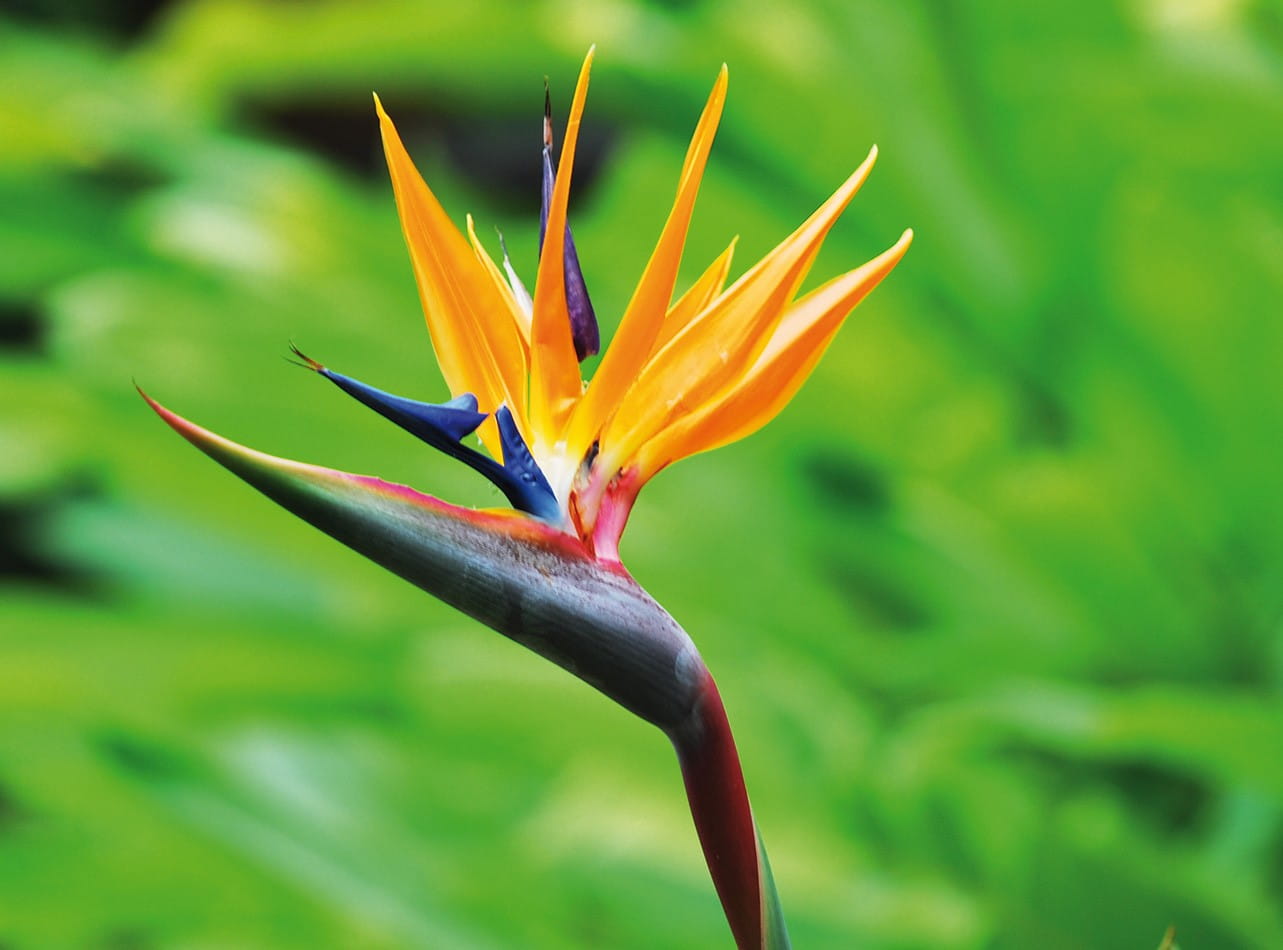
Find out about Saga's Gardening holidays here...
Explore stunning outdoor sanctuaries on Saga’s garden-themed getaways – it doesn't matter if you’re a keen horticulturist or just someone who enjoys colourful blooms.
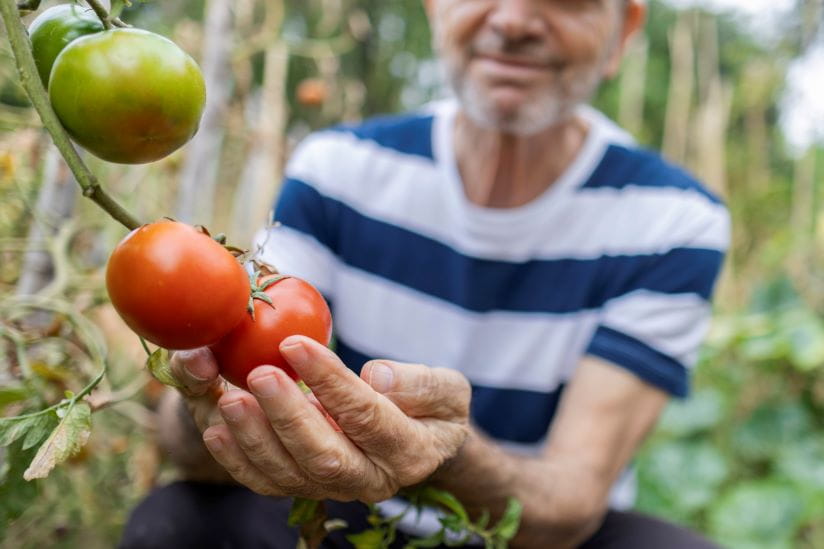
Rekha Mistry shares her top vegetables to grow in your garden all year round.
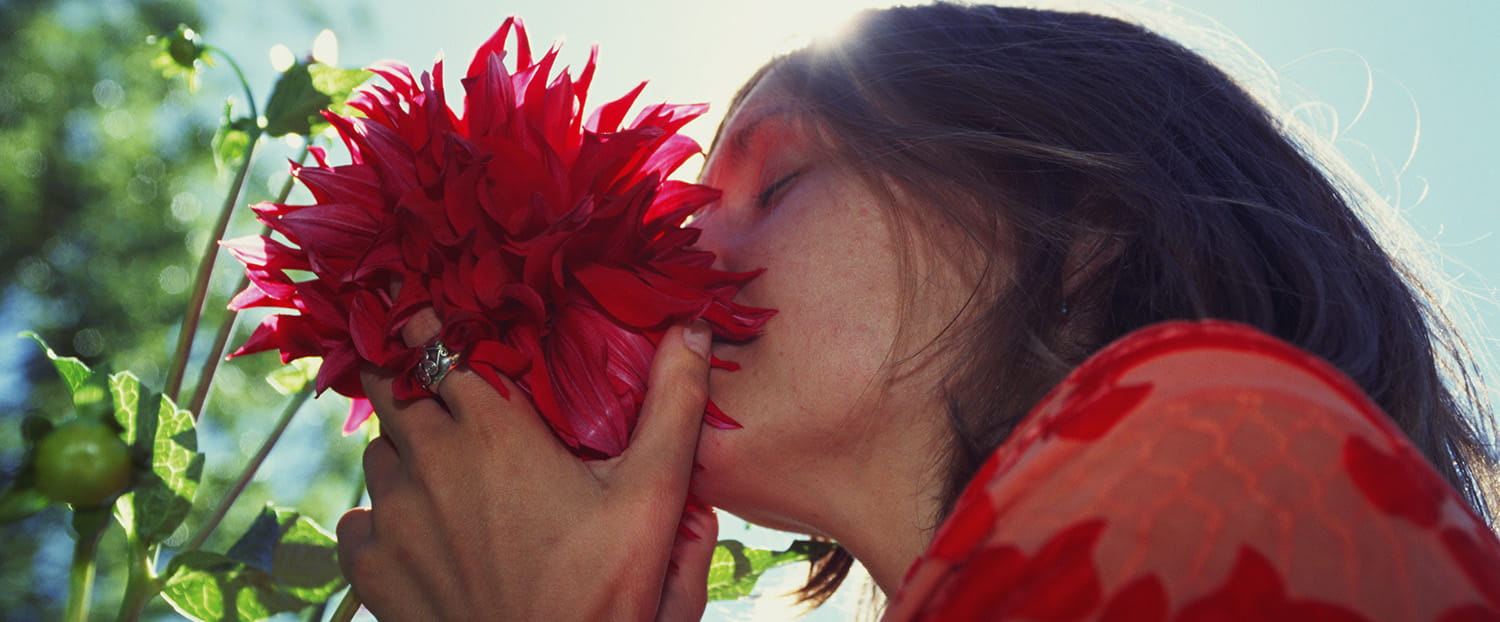
We explain the science and have 7 of the best scented plants for your garden.
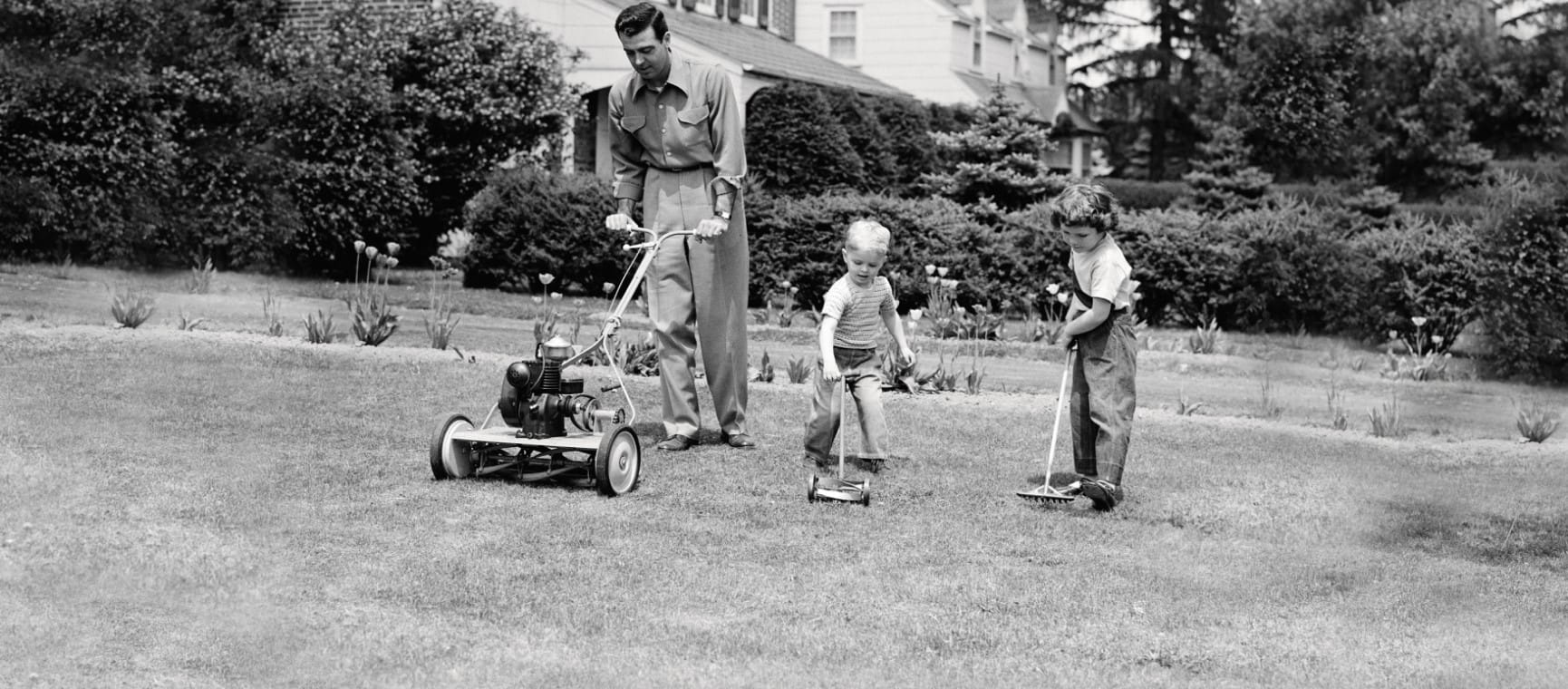
From robot mowers to electric pruning shears, spruce up your outside space with four of the best garden gadgets

Our expert pruning and watering hacks include a top tip to keep them flowering from Alan Titchmarsh.

Don’t make these bird-feeding mistakes. Expert advice on how to feed birds in your garden safely.

Blighted by buzzing? How to keep wasps out of your garden without harming them so you can enjoy the summer.
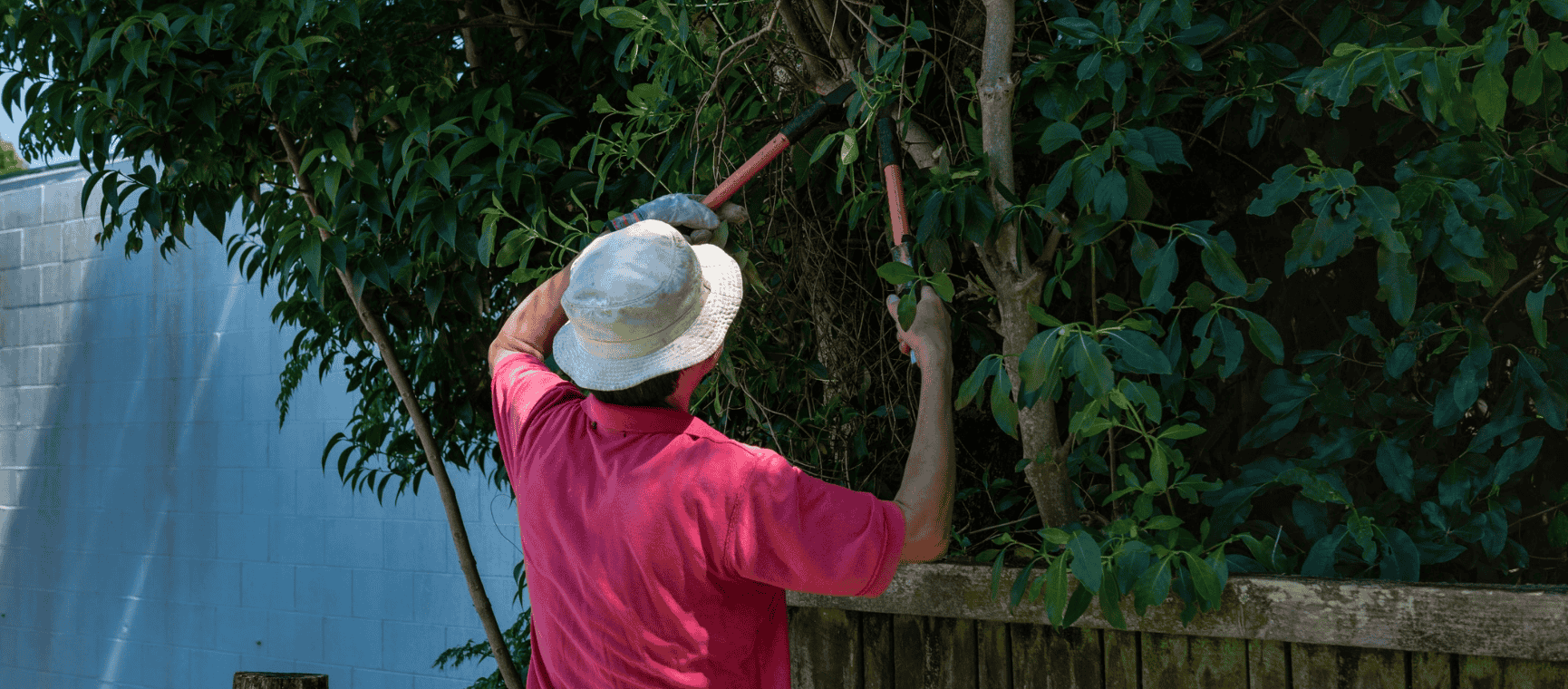
The ways you could be breaking the law in your back garden - with expert advice on how to avoid neighbour disputes, a fine or even a prosecution.

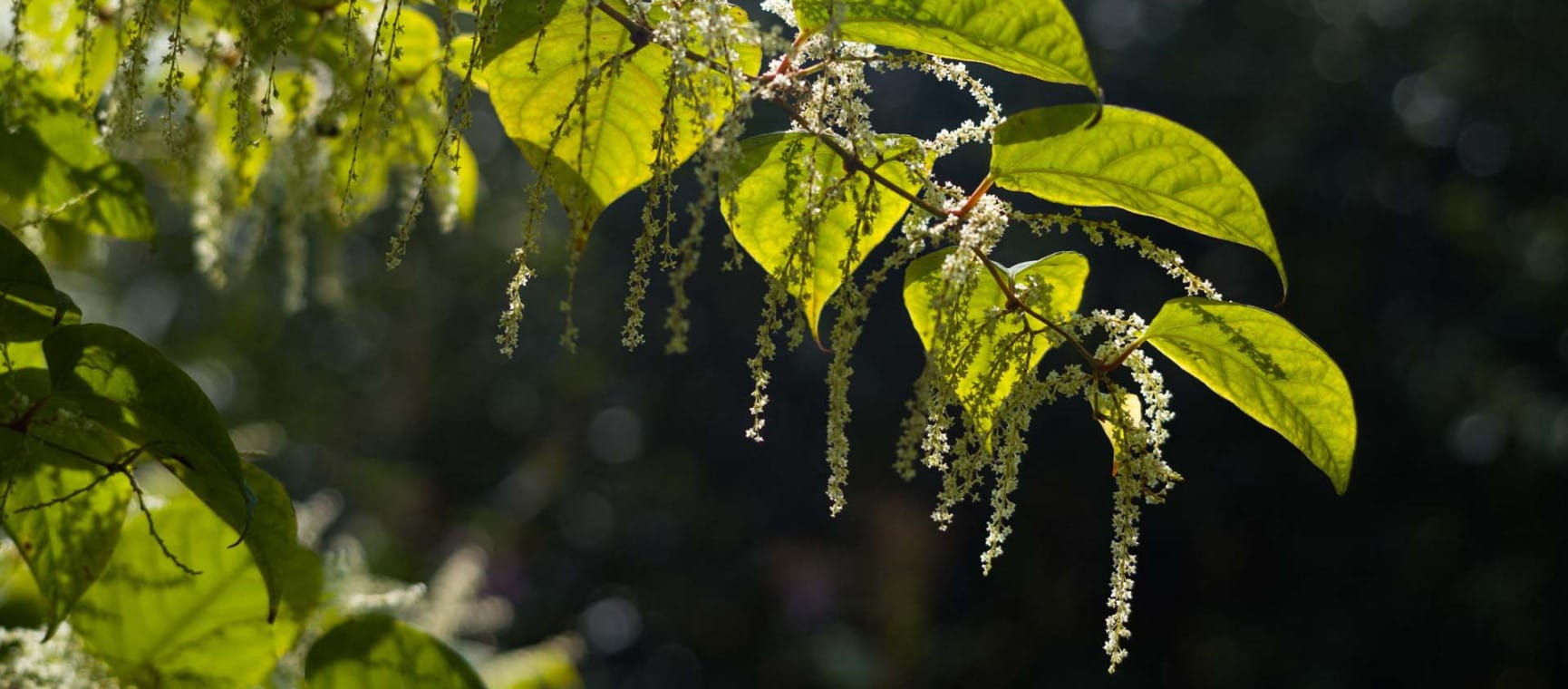
Everything you need to know about Japanese knotweed, the fast-growing plant nobody wants in their garden.